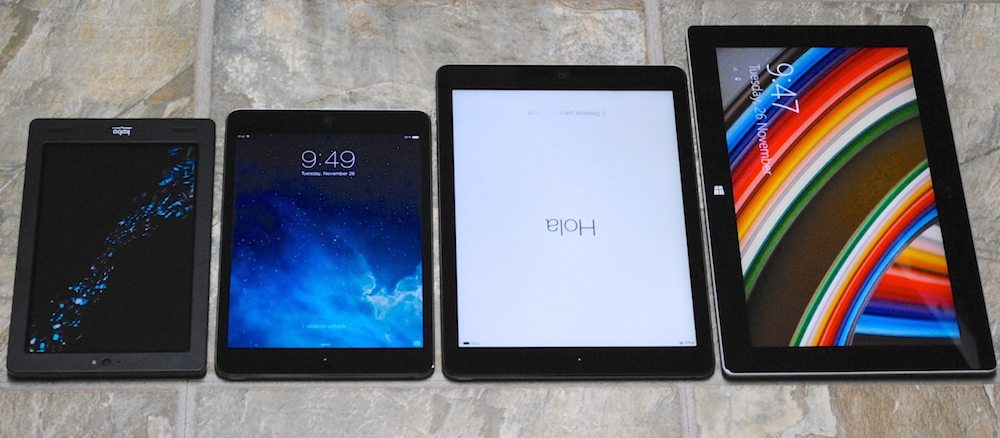
It was only a few years ago —2010 to be exact— when choosing which size of tablet display was an exercise in simplicity. You really only had one choice. Apple’s original iPad was released that year, it immediately dominated the category and its display was 9.7-inches. Today, the tablet landscape is much more diverse and display sizes are all over the map. Which size best suits your needs? In this post, I’ll break down five of the most popular display sizes and what they’re best suited for.
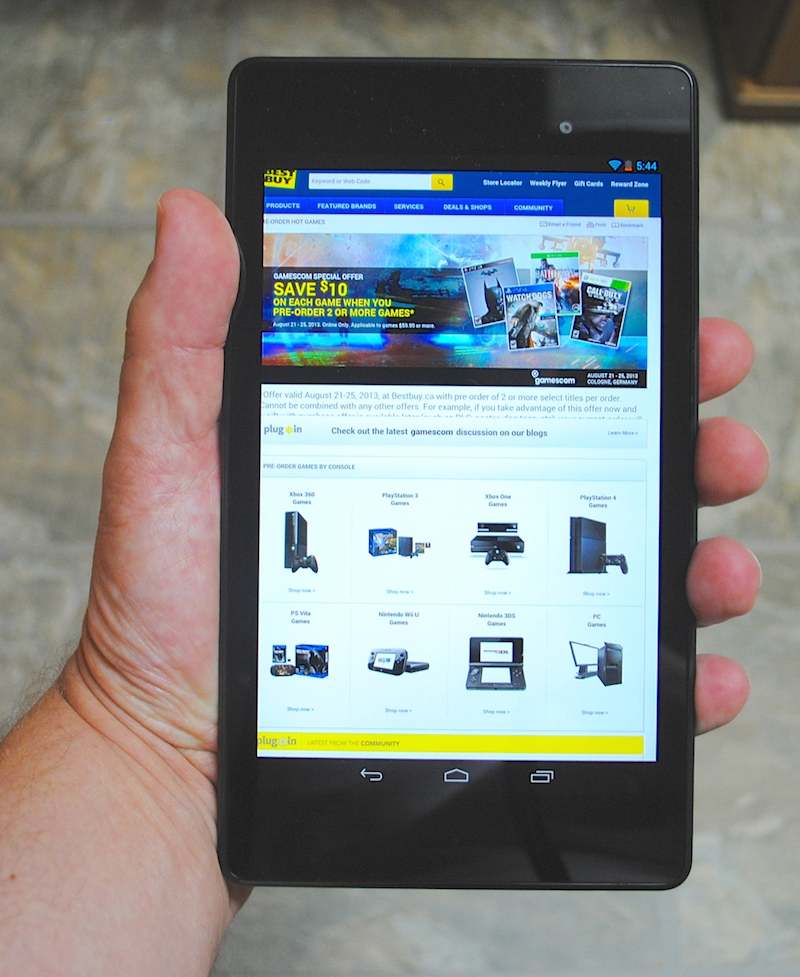 How is Display Size Measured?
How is Display Size Measured?
First a quick word on how display size is measured. Like a TV or computer monitor, the measurement you see is based on the diagonal distance from corner to corner. Other factors like aspect ratio and resolution also come into play when picking a tablet, but at this stage I’m keeping things simple and focusing on display size.
The size categories I’m using won’t fit every tablet exactly, but are the general range of sizes that most manufacturers use.
Originally introduced as a low cost alternative to the iPad (a 7-inch display is considerably less expensive than a larger one), 7-inch tablets have proven to be extremely popular for their size as much as their price tag.
A 7-inch display is big enough to comfortably read e-books (see the special mention on e-readers at the end of this piece if reading is a key reason you want a tablet) and small enough to slip into a large pocket. Most people can easily hold one of these compact tablets with one hand.
The downside to being small is that the text on web pages may be too small to read without constantly zooming it, elements of video games may be small enough to impact gameplay and video content is presented on a relatively small screen.
Ideal For: Anyone who values portability.
Personally, I find tablets in this display range are in a real sweet spot.
They’re big enough that text legibility isn’t an issue and video doesn’t look too tiny, yet still small enough to easily hold in one hand. In most cases, they’ll be cheaper than full-sized tablets and much less noticeable when thrown in a bag, purse or backpack (pocket probably isn’t an option at this point).
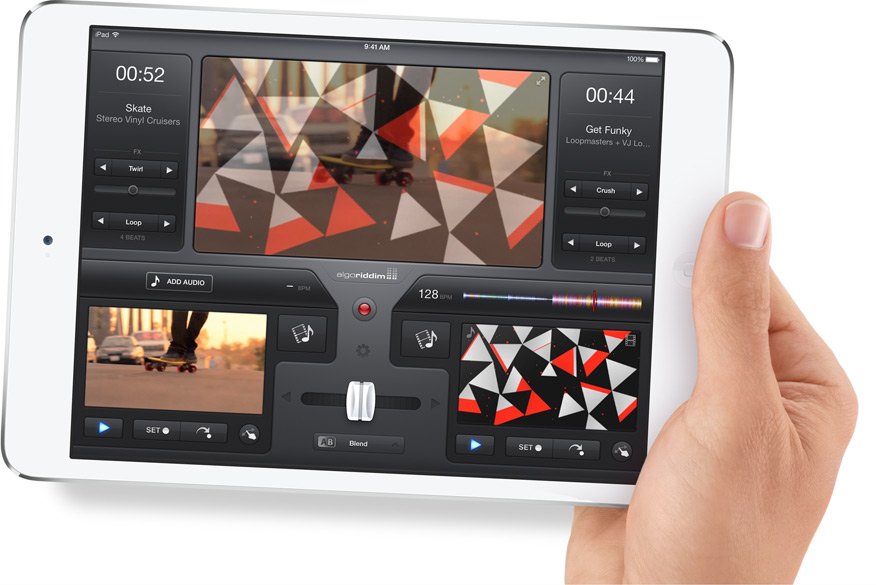
I switched to an iPad Mini with Retina Display (with a 7.9-inch display) as my primary tablet last year and haven’t looked back. It’s a little bigger than my 7-inch tablets but the increased screen real estate is worth the extra bulk —at the same time, it’s considerably smaller than the full-sized tablet I used to rely on.
Ideal For: Anyone who values portability, but wants a bigger screen experience.
The mid-range among tablets, 9-inch displays are proving popular with many Android tablet manufacturers.
They provide a big-screen experience, yet still offer cost savings compared to traditional full-sized tablets. Naturally, they’re also a little less hefty than larger tablets, but they’re still too big to be carrying around in a pocket so that advantage isn’t as important as it is in smaller size ranges.
Ideal For: Budget conscious tablet shoppers who don’t want a small screen.
This is the range where we tend to see the most action with tablets and with good reason. A tablet with a display of this size is large enough to offer a compelling multimedia experience, you won’t be squinting with most text and the screen is big enough that running productivity software like Microsoft Office is possible.
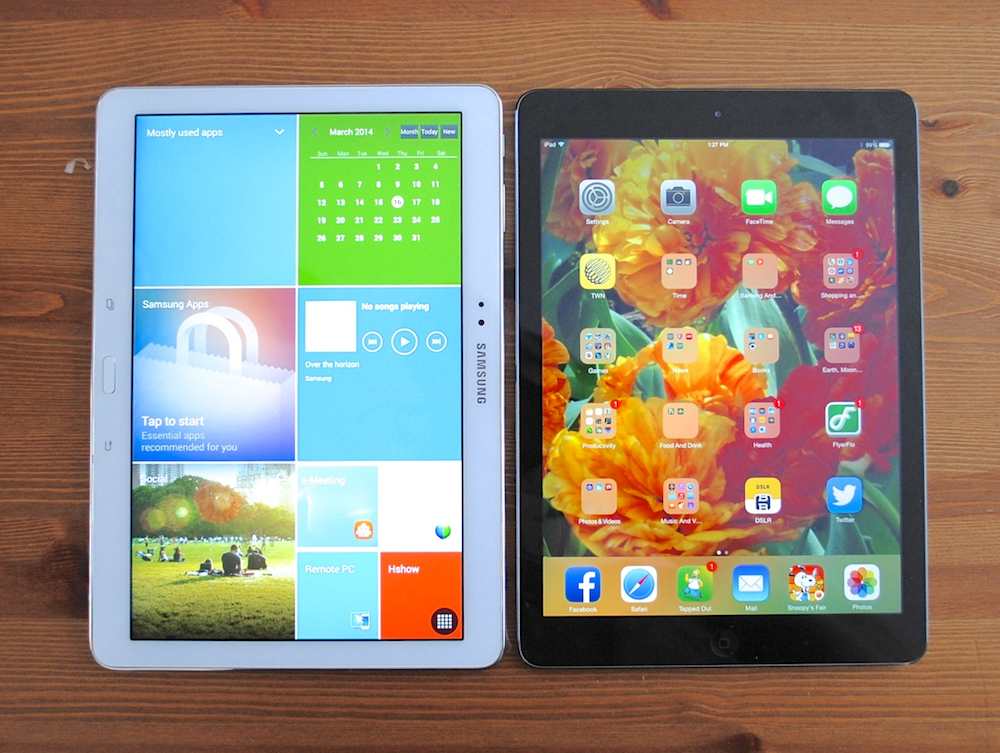
Popular tablets in this size range include the Samsung Galaxy Pro 10.1 and 9.7-inch iPad Air —consistently, two of the best-selling tablets. Chances are, if you’re in the market for a tablet to do the sorts of things most consumers use a tablet for, this is the size you’ll be shopping in.
Ideal For: Anyone looking for a tablet as a general purpose portable gaming/multimedia/web surfing device, ultra-portable PC replacement.
A relatively new category, 11.6-inch tablets began to arrive along with Windows 8.
While some people may buy these as general purpose tablets, the primary demographic is professionals. These tablets are a bit large to be considered easily portable (although they’re still a fraction of the weight of a laptop PC), but the bigger display makes them well suited for running Windows software.
Ideal For: Consumers looking for a multi-purpose tablet that’s also capable of letting them work on the go.
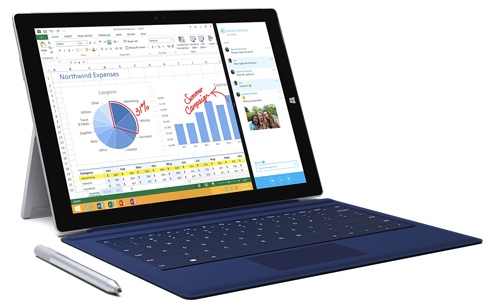 The Latest Addition: Big Screen Tablets
The Latest Addition: Big Screen Tablets
This year, we began to see the arrival of mass market big screen tablets. And by big, I mean displays that are larger than some laptops and ultrabooks.
Two prime examples are the 12.2-inch Samsung Galaxy TabPro and the 12-inch Microsoft Surface Pro 3.
Both of these tablets push the concept of portability —really, you need a case or backpack to carry them— and holding them in one hand quickly gets tiresome.
But… Those massive displays make them a true alternative to a portable PC. There are enough pixels and sufficent space onscreen for multiple windows to be open, spreadsheets are legible, high resolution and overal screen size provide the detail to edit digital photos and the displays are large enough to make these devices effective for showing off presentations.
In fact, snap on a magnetic Surface Touch Cover and for all intents and purposes, you now have a fully functioning portable PC.
And I have to say, having used both the Surface Pro 3 and The Galaxy TabPro 12.2, they do offer a spectacular viewing experience for videos and video games —even if that’s not their priimary purpose.
Ideal For: Professional users and businesses looking for a laptop alternative.
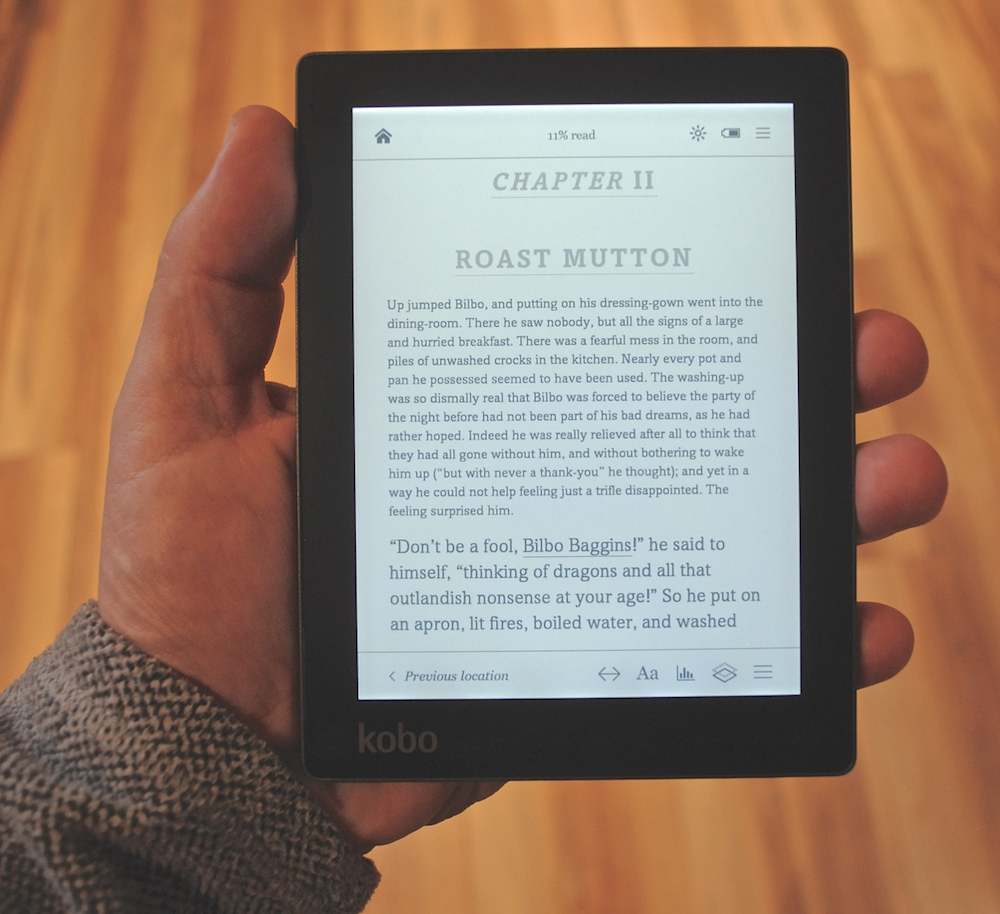 Special Mention: E-Readers
Special Mention: E-Readers
If reading e-books is a primary reason why you want a tablet, a dedicated e-reader such as the Kobo Aura H2O (reviewed here) is definitely worth considering.
You lose niceties like the colour display and ability to play all but the most rudimentary games, but in return you get a high contrast display that looks just as good outdoors as indoors, side-lighting (less strain on your eyes in the dark than a backlit LCD panel) and battery life measured in weeks or months instead of hours. Chances are the e-reader will be lighter and less expensive than a tablet, too.
Having choice may make your tablet buying decision a little more work, but unlike the one-size-fits-all days of 2010, whatever your tablet needs, there’s now a screen size to meet it.




On other thing about screen size… speaker placement. If you plan to watch videos on your tablet a lot, pay attention to where the speakers are located. If turned the screen is landscape are the speakers located on both narrow sides? Small screen tablets often put the speakers on the same side which you lose stereo sound.
Good point. If you’re going to rely on built-in speakers for sound, the new Nexus 9 has a bit of an advnatage with HTC Boomsound and front-facing stereo speakers…
Comments are closed.